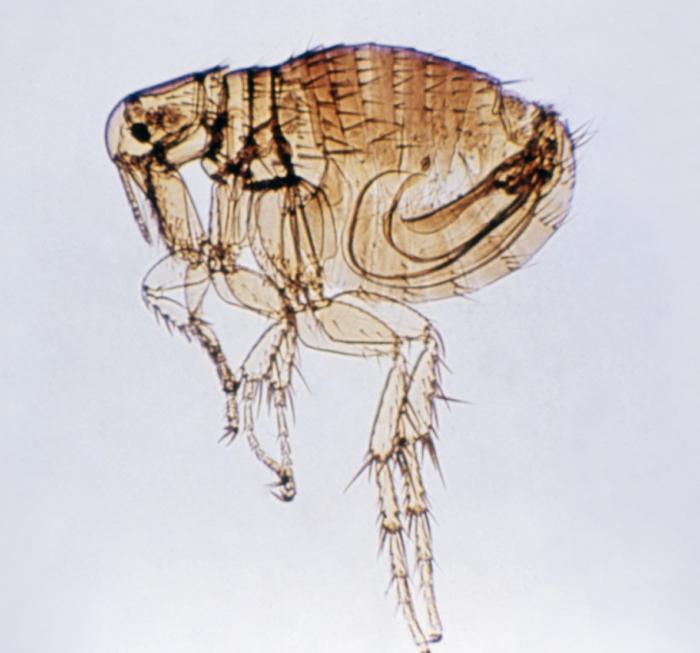The Madagascar Ministry of Health reported (computer translated) yesterday of nine suspect cases of human plague, including two deaths in four regions since August 1.

The deaths include a pneumonic plague case from Ambalavao and a bubonic plague case from Ankazobe.
Health Ministry official, Manitra Rakotoarivony said the nation is at the official start of plague season on the island nation and recalled the many people who died in 2017.
Plague is an infectious disease caused by the bacterium, Yersinia pestis. It is found inanimals throughout the world, most commonly rats but other rodents like ground squirrels, prairie dogs, chipmunks, rabbits and voles. Fleas typically serve as the vector of plague. Human cases have been linked to the domestic cats and dogs that brought infected fleas into the house.
People can also get infected through direct contact with an infected animal, through inhalation and in the case of pneumonic plague, person to person.
Related: Congo, Madagascar top countries reporting most plague 2000-2009, US reports 57 cases
Yersinia pestis is treatable with antibiotics if started early enough.
There are three forms of human plague; bubonic, septicemic and pneumonic.
Bubonic plague: This is the most common form. In this form, the bacteria enter the body through the bite of an infected flea or rodent. Here the bacteria infect the lymphatic system. After a few days to week, the person will experience fever, chills, weakness, and swollen lymph glands. These are called buboes.
Untreated bubonic plague is fatal about half the time.
Septicemic plague: This form is also contracted from a flea or rodent bite. Sometimes it appears subsequent to untreated bubonic or pneumonic plague. It involves bloodstream dissemination to all areas of the body. Buboes do not occur. Symptoms are endotoxic shock and disseminated intravascular coagulation. Untreated septicemic plague is nearly always fatal.
Pneumonic plague: Probably the most serious form of plague and it’s when the bacteria infect the lungs and cause pneumonia. It is contracted when the bacteria is inhaled (primary) or develops when bubonic or septicemic plague spreads to the lungs.
Pneumonic plague is contagious and can be transmitted person to person. It is highly communicable under appropriate climate conditions, overcrowding and cool temperatures. Untreated pneumonic plague is frequently fatal.
- Iran eliminates trachoma as a public health problem
- Cyclospora: CDC reports 2,173 domestically acquired cases since the spring
- Johns Hopkins Center for Health Security on the National Biodefense Strategy
- Chikungunya outbreak in Kasala State, Sudan
- Dominican Republic: Local malaria transmission in Santo Domingo
- The first use of CRISPR genome-wide screening to identify a gene that helps cells resist flavivirus infection


